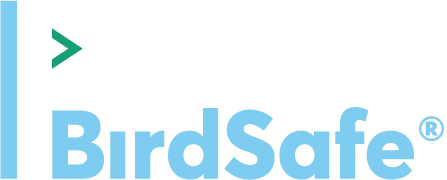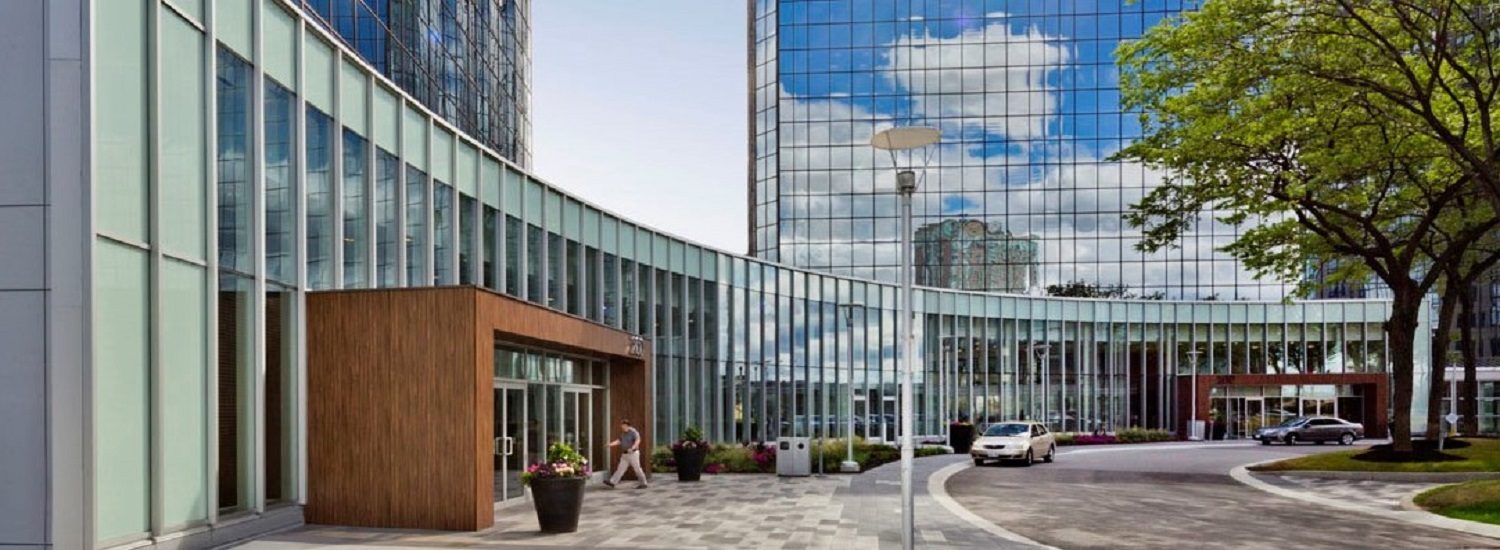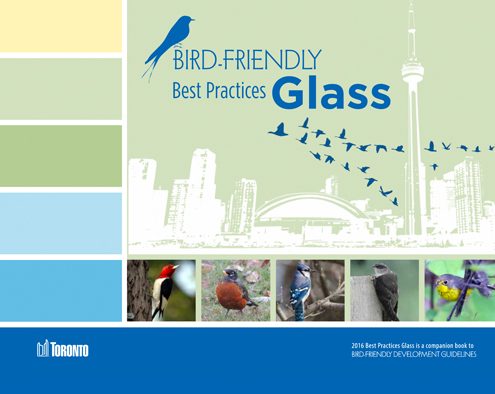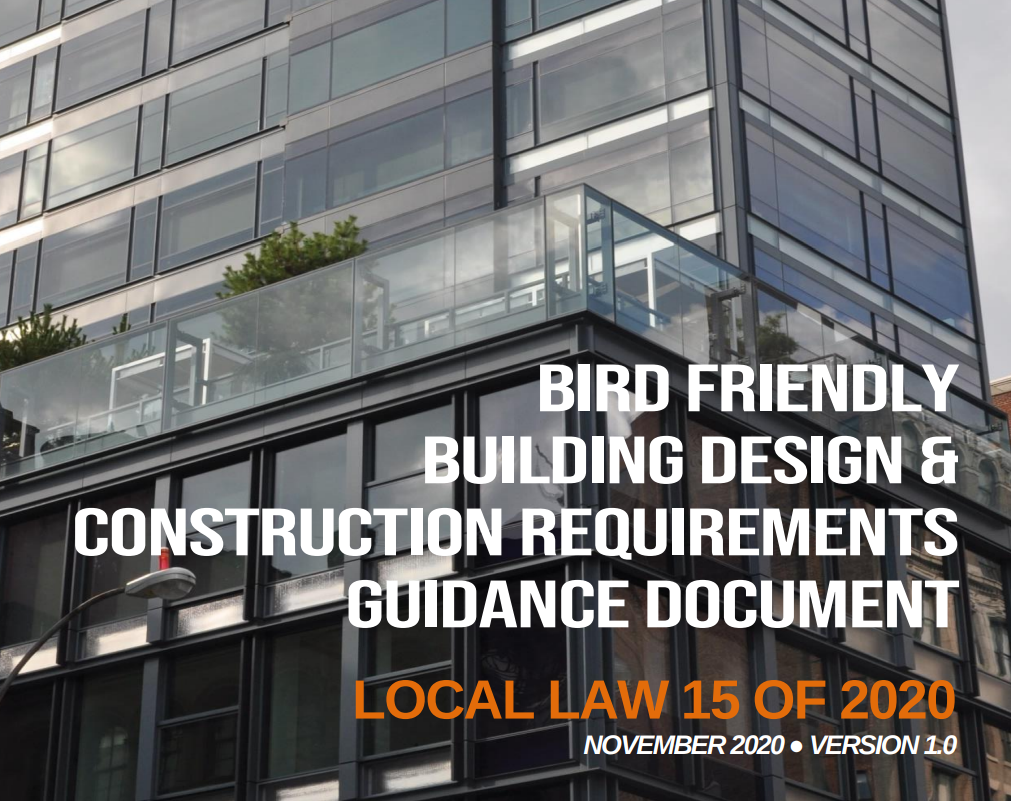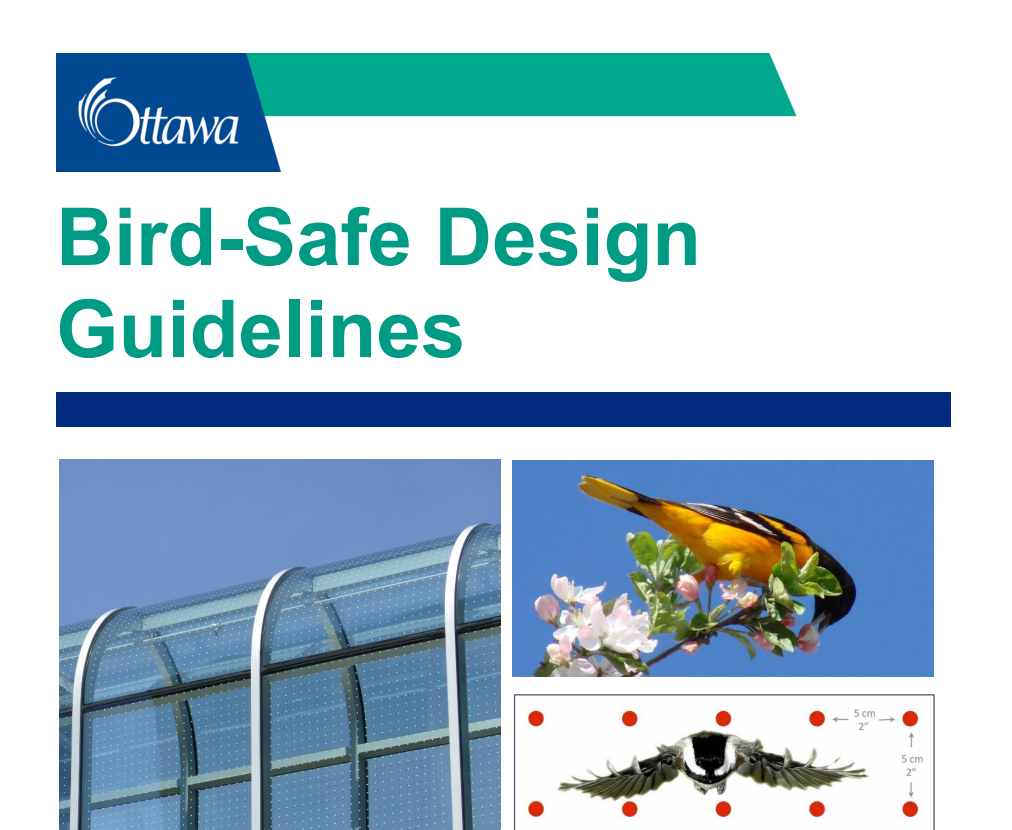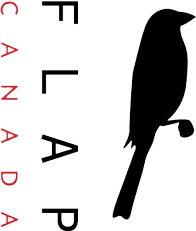Reducing the amount of glazed surfaces in the building envelope (including spandrels), while favouring non-reflective opaque materials
Benefits of bird-safe buildings
The primary aim of making buildings bird-safe is to protect birds from a leading cause of death, but there are numerous other benefits to embracing bird-safe architecture.
Birds are protected by various provincial and federal laws in Canada. Building owners that even unintentionally permit the harm or death of birds through window-collisions at their buildings face legal risks. A bird-safe building, whether designed that way or retrofitted to be bird-safe, will help protect building owners from potential legal prosecution.
The adoption of bird-safe building standards also acts as a clear indication of a commitment to sustainability and green building practices. An increasing number of professionals are recognizing that a building is not truly ‘green’ or ‘sustainable’ until it is bird-safe.
There are certification opportunities for bird-safe buildings, such as LEED and BOMA BEST. Initiatives like Nature Canada’s Bird Friendly Cities program also recognize cities that have made admirable contributions to bird conservation in their areas.
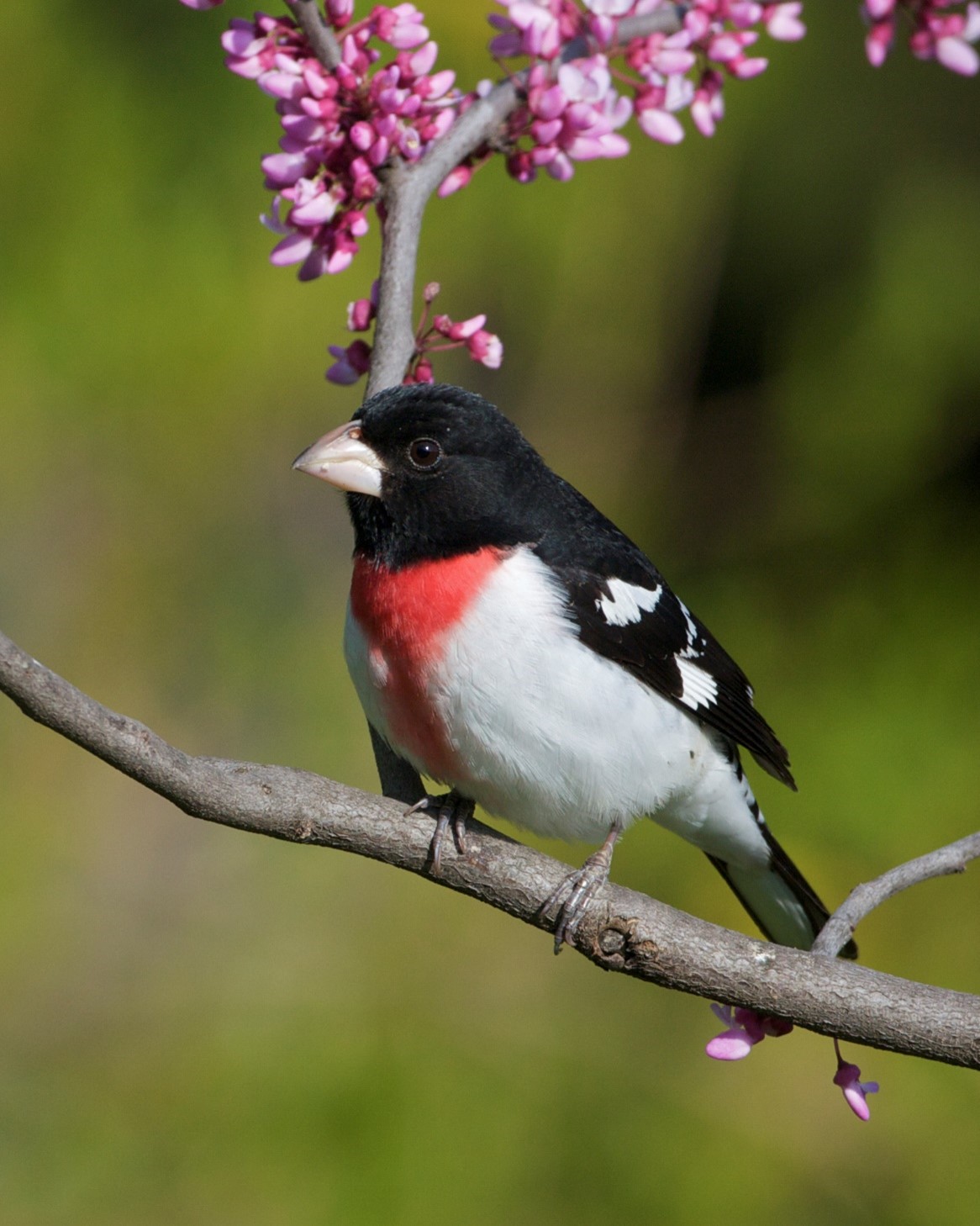
Rose-breasted Grosbeak. Photo: Carol L. Edwards
Save Birds, Energy & Money
Practices that make buildings safer for birds can also lead to energy and cost savings and reduce your building’s carbon footprint. For example, reducing the amount of glass in a building can reduce heating and cooling costs. Bird-safe lighting practices and some bird-safe window applications (such as frit or customized solar films that meet current bird-safe standards) can also reduce energy consumption and lead to cost savings.
What is a bird-safe building?
A bird-safe building is designed or retrofitted to reduce the threat of birds fatally colliding with its façades. The easiest and most cost-effective way to make a bird-safe building is to design new constructions with birds in mind. Important components of bird-safe design include:

Guidelines for bird-safe visual markers
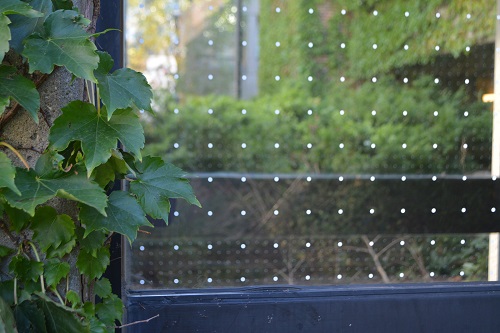
2 inch spaced vinyl dots on the outside of a window can be very effective at reducing bird collisions with glass. Photo: Lisa Horn
To be most effective at preventing bird-window collisions, visual markers must meet these guidelines.
- SPACING: Separate markers by no more than 5 x 5 cm (2 x 2 inches).
- SURFACE: Apply markers to the exterior surface of glass.
- CONTRAST: Ensure markers stand out in contrast to the transparent or reflective glass surface under varying daylight conditions. Duotone markers are preferred where possible.
- SIZE: A marker should be no smaller than 6 mm (1/4 inch) in diameter.
- COVERAGE: Cover the entire glass surface. Exterior glass surfaces should be treated up to 16 metres above grade or to the top of the mature tree canopy, whichever is higher.
Bird-safe standards and guidelines

Canadian Standards Association’s 2019 A460 Bird-Friendly Building Design (2019)
FLAP Canada recommends that individual developers, municipalities, and other levels of government use the Canadian Standards Association’s (CSA) Bird-Friendly Building Design Standard for consistent and effective guidance on making buildings safer for birds. The CSA standard is guided by science and existing bird-safe regulations in North America. Various stakeholders including scientists, bird conservation groups (such as FLAP Canada), architects, property owners, and window manufacturers provided input into the standard. The standard provides practical and effective guidance on reducing bird collisions at both existing buildings and new constructions.
Municipal Protection
In 2007, the City of Toronto published its ground-breaking Bird-Friendly Development Guidelines, a world first. These guidelines have since inspired many other cities across North America to adopt similar standards. Currently, the majority of mandatory or voluntary bird-friendly guidelines in Canada are targeted at the municipal level.
